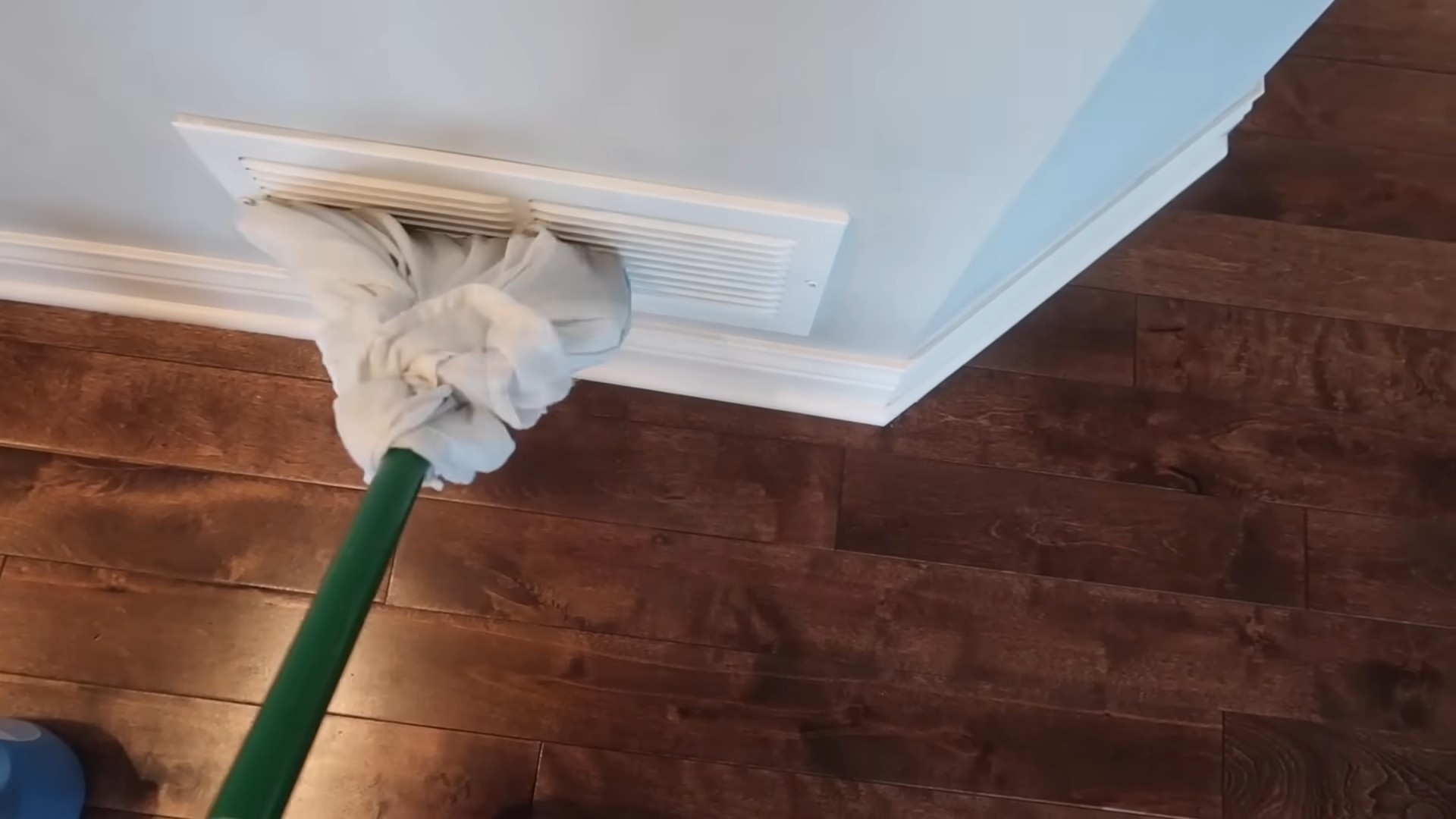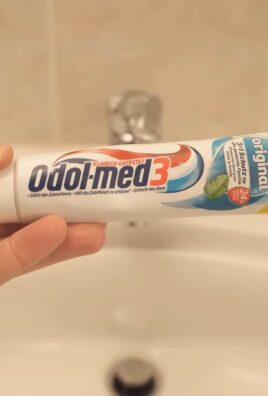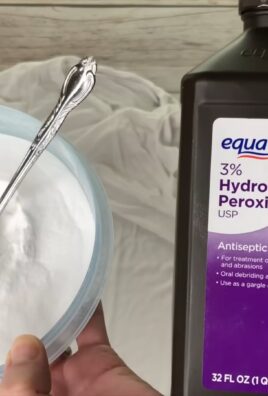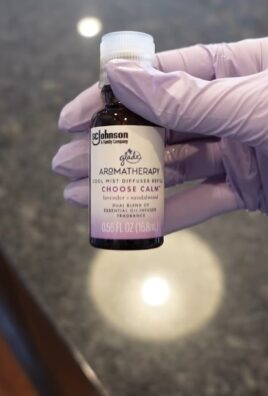Furniture dust prevention is a constant battle, isn’t it? I know I’m always reaching for a duster! But what if I told you there were simple, DIY tricks to dramatically reduce the amount of dust settling on your beloved furniture? Imagine spending less time cleaning and more time enjoying your beautifully furnished home. Sounds good, right?
Dust, that ubiquitous household nuisance, has been a thorn in the side of homemakers for centuries. From ancient civilizations meticulously polishing their wooden furniture to modern-day cleaning aficionados, the quest for a dust-free home is a timeless pursuit. While we might not be able to eliminate dust entirely, we can certainly minimize its impact.
This article is packed with easy-to-implement DIY solutions that will help you tackle furniture dust prevention head-on. We’ll explore everything from creating your own anti-static dusting sprays to strategically placing houseplants that naturally filter the air. These aren’t just quick fixes; they’re sustainable habits that will transform your cleaning routine and leave your furniture looking its best. So, ditch the endless dusting cycle and let’s dive into these game-changing DIY tricks!

DIY Dust-Repelling Furniture Polish: Say Goodbye to Grime!
Tired of constantly battling dust bunnies on your beloved furniture? I know the feeling! It seems like no matter how often I dust, those pesky particles reappear within hours. That’s why I decided to create my own dust-repelling furniture polish, and let me tell you, it’s a game-changer! This DIY solution is not only effective but also uses natural ingredients, saving you money and reducing your exposure to harsh chemicals.
What You’ll Need: The Dust-Busting Arsenal
Before we dive in, let’s gather our supplies. This recipe is simple and uses ingredients you probably already have in your pantry!
* **Olive Oil:** This acts as a natural moisturizer and helps to condition the wood.
* **White Vinegar:** A fantastic cleaner and disinfectant, vinegar helps to remove existing grime and leaves a streak-free shine.
* **Lemon Juice:** Adds a pleasant scent and provides extra cleaning power. The acidity helps to cut through grease and dirt.
* **Essential Oil (Optional):** Lavender, cedarwood, or orange essential oils not only add a lovely fragrance but also possess natural cleaning and pest-repelling properties.
* **Spray Bottle:** A clean, empty spray bottle is essential for easy application.
* **Microfiber Cloths:** These are the best for dusting and polishing as they trap dust effectively and won’t scratch your furniture.
* **Measuring Spoons/Cups:** For accurate measurements.
* **Funnel (Optional):** Makes pouring liquids into the spray bottle easier.
The Recipe: Mixing Your Magic Potion
Now for the fun part – creating our dust-repelling polish! This recipe is easy to adjust based on your preferences and the size of your spray bottle.
1. **Prepare Your Spray Bottle:** Make sure your spray bottle is clean and dry. Any residue inside could affect the polish’s effectiveness.
2. **Combine the Ingredients:** In a measuring cup, combine the following:
* 1/4 cup Olive Oil
* 1/4 cup White Vinegar
* 2 tablespoons Lemon Juice
* 10-15 drops of your favorite Essential Oil (optional)
3. **Mix Well:** Stir the ingredients thoroughly until they are well combined. The mixture might appear slightly cloudy, which is perfectly normal.
4. **Transfer to Spray Bottle:** Using a funnel (if you have one), carefully pour the mixture into your spray bottle.
5. **Shake it Up:** Secure the spray nozzle and shake the bottle vigorously to ensure all the ingredients are properly mixed.
Application: Dusting Like a Pro
Now that you have your dust-repelling polish ready, let’s get to dusting! Here’s how to apply it for the best results:
1. **Test in an Inconspicuous Area:** Before applying the polish to your entire piece of furniture, test it on a small, hidden area to ensure it doesn’t damage the finish. This is especially important for antique or delicate furniture.
2. **Lightly Spray:** Hold the spray bottle about 6-8 inches away from the furniture surface and lightly spray a small area. You don’t need to saturate the wood; a light mist is sufficient.
3. **Wipe with a Microfiber Cloth:** Immediately wipe the sprayed area with a clean microfiber cloth, using a circular motion. This will help to lift dust and dirt and distribute the polish evenly.
4. **Buff to a Shine:** After wiping, use a clean, dry section of the microfiber cloth to buff the surface to a shine. This will remove any excess polish and leave your furniture looking its best.
5. **Repeat as Needed:** Continue spraying, wiping, and buffing small sections of the furniture until the entire surface is clean and polished.
Tips and Tricks: Mastering the Dust-Free Zone
Here are some extra tips to help you achieve the best results and keep your furniture dust-free for longer:
* Frequency is Key: For optimal dust control, aim to polish your furniture with this DIY solution every 1-2 weeks. This will prevent dust from building up and make future cleanings easier.
* Dust First: Before applying the polish, use a dry microfiber cloth or a duster to remove any loose dust and debris. This will prevent you from simply spreading the dust around with the polish.
* Don’t Over-Saturate: Avoid spraying too much polish onto the furniture. A light mist is all you need. Over-saturation can leave a sticky residue and attract more dust.
* Use Separate Cloths: Keep a separate set of microfiber cloths specifically for dusting and polishing furniture. This will prevent cross-contamination and ensure that your cloths are always clean and effective.
* Clean Your Cloths Regularly: Wash your microfiber cloths after each use to remove any trapped dust and dirt. You can wash them in the washing machine with mild detergent, but avoid using fabric softener, as it can reduce their absorbency.
* Consider Air Quality: Improving the air quality in your home can also help to reduce dust. Use an air purifier with a HEPA filter to remove airborne particles, and regularly change your HVAC filters.
* Vacuum Regularly: Vacuuming your floors and upholstery regularly will help to remove dust and allergens that can settle on your furniture.
* Control Humidity: Maintaining a moderate humidity level in your home can also help to reduce dust. Dry air can cause dust particles to become airborne, while high humidity can promote mold growth.
* Proper Storage: Store your DIY furniture polish in a cool, dark place to prevent the ingredients from degrading. It should last for several months.
* Adjust the Recipe: Feel free to adjust the recipe to suit your preferences. For example, if you prefer a stronger cleaning solution, you can increase the amount of vinegar. If you want a more moisturizing polish, you can increase the amount of olive oil.
* Experiment with Essential Oils: Try different essential oils to find your favorite scent. Lavender is known for its calming properties, while cedarwood is a natural insect repellent. Orange essential oil adds a bright and cheerful fragrance.
* Leather Furniture: While this recipe is primarily designed for wood furniture, you can also use it on leather furniture. However, be sure to test it on a small, inconspicuous area first, and use a very light touch.
* Painted Furniture: Exercise caution when using this polish on painted furniture, as the vinegar and lemon juice could potentially damage the paint. Test it on a small, hidden area first.
* Be Mindful of Allergies: If you have any allergies, be sure to choose essential oils that are safe for you to use.
* Safety First: While this DIY polish is made with natural ingredients, it’s still important to keep it out of reach of children and pets. Avoid spraying it directly into your eyes or mouth.
Troubleshooting: Addressing Common Issues
Even with the best instructions, you might encounter a few minor issues. Here’s how to troubleshoot them:
* **Streaky Finish:** If you’re getting a streaky finish, it could be due to using too much polish or not buffing the surface thoroughly enough. Try using less polish and buffing with a clean, dry microfiber cloth until the streaks disappear.
* **Sticky Residue:** A sticky residue can be caused by over-saturation or using a polish that’s too oily. Try using less polish and wiping the surface with a damp cloth to remove the residue.
* **Dull Finish:** If your furniture looks dull after polishing, it could be due to using a polish that’s not moisturizing enough. Try increasing the amount of olive oil in the recipe.
* **Unpleasant Odor:** If you don’t like the smell of vinegar, you can add more essential oil to mask the odor. You can also try using a different type of vinegar, such as apple cider vinegar, which has a milder scent.
* **Allergic Reaction:** If you experience an allergic reaction after using the polish, discontinue use immediately and consult a doctor.
Beyond the Polish: Long-Term Dust Prevention
While this DIY furniture polish is a fantastic tool, it’s just one piece of the puzzle. Here are some additional strategies for long-term dust prevention:
* **Declutter:** The less stuff you have, the less dust will accumulate. Regularly declutter your home to reduce the amount of surfaces that dust can settle on.
* **Use Doormats:** Place doormats at all entrances to your home to trap dirt and dust before it gets inside.
* **Close Windows and Doors:** Keep windows and doors closed as much as possible to prevent dust from entering your home.
* **Change Bedding Regularly:** Wash your bedding at least once a week to remove dust mites and allergens.
* **Clean Curtains and Blinds:** Dust and allergens can accumulate on curtains and blinds. Clean them regularly by vacuuming or washing them according to the manufacturer’s instructions.
* **Control Pet Dander:** If you have pets, groom them regularly to reduce shedding and dander.
* **Consider Dust-Proof Covers:** For furniture that you don’t use frequently, consider

Conclusion
So, there you have it! This simple, yet incredibly effective DIY furniture dust prevention trick is more than just a cleaning hack; it’s a game-changer for maintaining a clean, healthy, and beautiful home. We’ve explored how easily accessible ingredients can be combined to create a powerful dust repellent, saving you time, money, and the frustration of constantly battling those pesky dust bunnies.
Think about it: no more spending hours each week meticulously dusting every surface, only to see the dust return within days. This DIY solution offers a proactive approach, creating a protective barrier that minimizes dust accumulation and keeps your furniture looking its best for longer. It’s a small investment of time that yields significant and lasting results.
But the benefits extend beyond mere aesthetics. Reducing dust in your home can have a positive impact on your health, especially if you or your family members suffer from allergies or asthma. By minimizing dust particles in the air, you’re creating a cleaner, healthier breathing environment for everyone.
And the best part? This DIY furniture dust prevention method is incredibly versatile. Feel free to experiment with different essential oils to find a scent that you love. Lavender, lemon, eucalyptus, and tea tree oil are all excellent choices, not only for their pleasant aromas but also for their potential antibacterial and antifungal properties. You can also adjust the ratio of ingredients to suit your specific needs and preferences. If you live in a particularly dusty environment, you might want to increase the amount of vinegar or oil in the mixture.
Consider these variations to further enhance the effectiveness of your DIY dust repellent:
* For Leather Furniture: Substitute the vinegar with a small amount of lemon juice. Lemon juice is a natural cleaner and conditioner that can help to keep your leather furniture looking supple and prevent it from drying out. Be sure to test a small, inconspicuous area first to ensure that it doesn’t discolor the leather.
* For Wood Furniture: Add a few drops of beeswax polish to the mixture. Beeswax will help to protect the wood from scratches and moisture, while also giving it a beautiful shine.
* For Upholstered Furniture: Lightly mist the fabric with the solution, being careful not to oversaturate it. Allow the fabric to air dry completely before using the furniture. You can also use a soft brush to gently work the solution into the fabric.
We are confident that once you try this DIY furniture dust prevention trick, you’ll be amazed by the difference it makes. It’s a simple, affordable, and effective way to keep your home clean, healthy, and beautiful.
So, what are you waiting for? Gather your ingredients, mix up a batch of this amazing dust repellent, and start enjoying a dust-free home today! We encourage you to share your experiences with us. Let us know what variations you tried, what scents you used, and how well it worked for you. Your feedback will help us to refine and improve this DIY trick, making it even better for everyone. Share your tips and tricks in the comments below – we can’t wait to hear from you!
Frequently Asked Questions (FAQ)
Q: How often should I apply this DIY furniture dust prevention solution?
A: The frequency of application depends on your environment and how quickly dust accumulates in your home. As a general guideline, we recommend applying the solution every 1-2 weeks. If you live in a particularly dusty area or have pets, you may need to apply it more frequently. Observe your furniture and reapply when you start to notice dust accumulating again.
Q: Can I use this solution on all types of furniture?
A: While this solution is generally safe for most types of furniture, it’s always a good idea to test it on a small, inconspicuous area first. This is especially important for delicate or antique furniture. Avoid using the solution on unfinished wood, as it may stain the surface. As mentioned earlier, adjust the recipe slightly for leather furniture.
Q: What if I don’t have essential oils? Can I still make this DIY furniture dust prevention solution?
A: Yes, you can still make the solution without essential oils. The vinegar and oil combination is effective on its own for repelling dust. The essential oils primarily add a pleasant scent and may offer additional antibacterial or antifungal benefits. If you choose to omit the essential oils, you can add a few drops of your favorite fragrance oil instead, or simply leave the solution unscented.
Q: Will this solution leave a residue on my furniture?
A: When applied correctly, this solution should not leave a noticeable residue. Be sure to use a clean, soft cloth and avoid oversaturating the surface. If you do notice a slight residue, simply wipe it away with a clean, dry cloth.
Q: Is this solution safe for pets and children?
A: This solution is generally safe for pets and children, as it uses natural ingredients. However, it’s always a good idea to keep the solution out of reach of children and pets, and to avoid spraying it directly onto them. If your pet accidentally ingests the solution, monitor them for any signs of discomfort and contact your veterinarian if necessary. Also, be mindful of the essential oils you use, as some essential oils can be toxic to pets. Research the safety of specific essential oils before using them in the solution.
Q: Can I use this solution on electronics?
A: No, do not use this solution on electronics. The moisture can damage sensitive electronic components. For cleaning electronics, use a dry microfiber cloth specifically designed for that purpose.
Q: What type of oil should I use?
A: Olive oil is a readily available and effective option. However, you can also use other types of oil, such as almond oil, jojoba oil, or mineral oil. Choose an oil that is light and non-greasy.
Q: My solution smells too strongly of vinegar. How can I fix this?
A: If the vinegar smell is too strong, you can reduce the amount of vinegar in the mixture or add more essential oils to mask the scent. You can also try using a scented vinegar, such as apple cider vinegar.
Q: Can I store the leftover solution?
A: Yes, you can store the leftover solution in a sealed container in a cool, dark place. It should last for several weeks. Be sure to shake the solution well before each use.
Q: Does this solution actually prevent dust, or just clean it?
A: This solution does both! The oil creates a barrier that helps to repel dust, preventing it from settling on your furniture. The vinegar helps to clean and disinfect the surface, removing any existing dust and grime. The combination of these ingredients makes this DIY solution an effective dust prevention and cleaning agent.





Leave a Comment